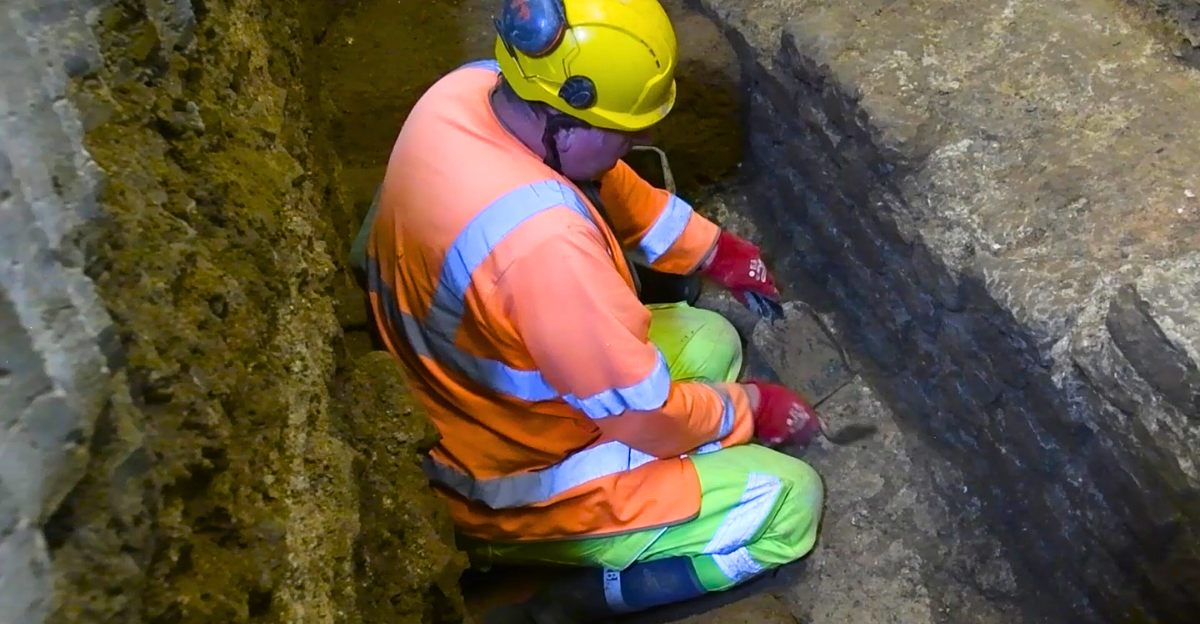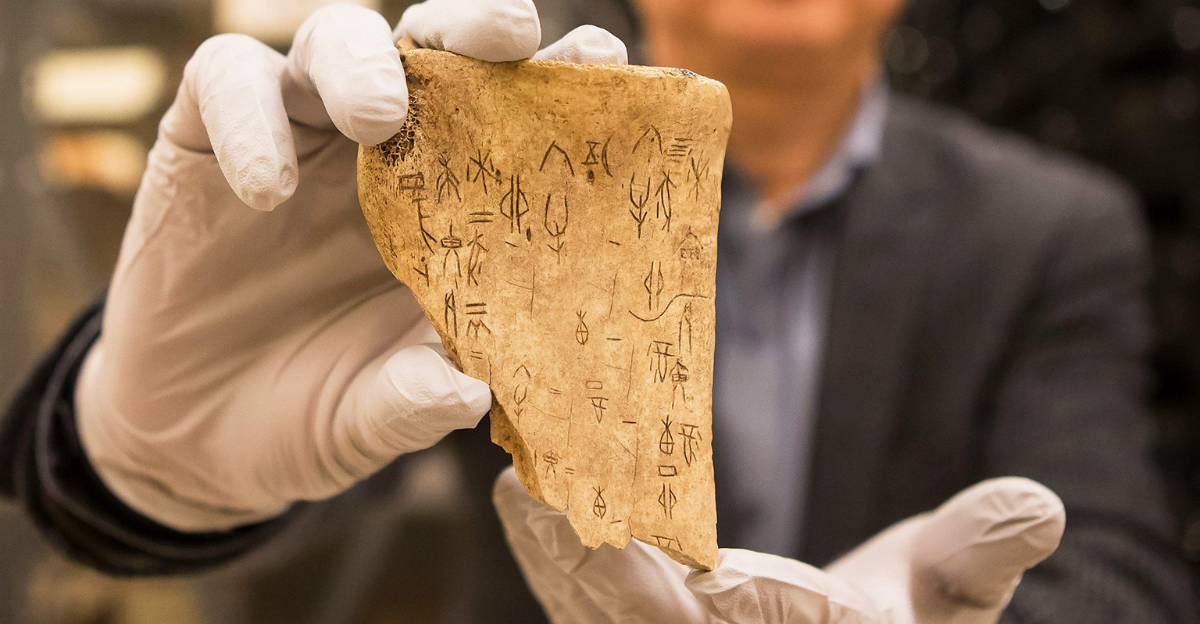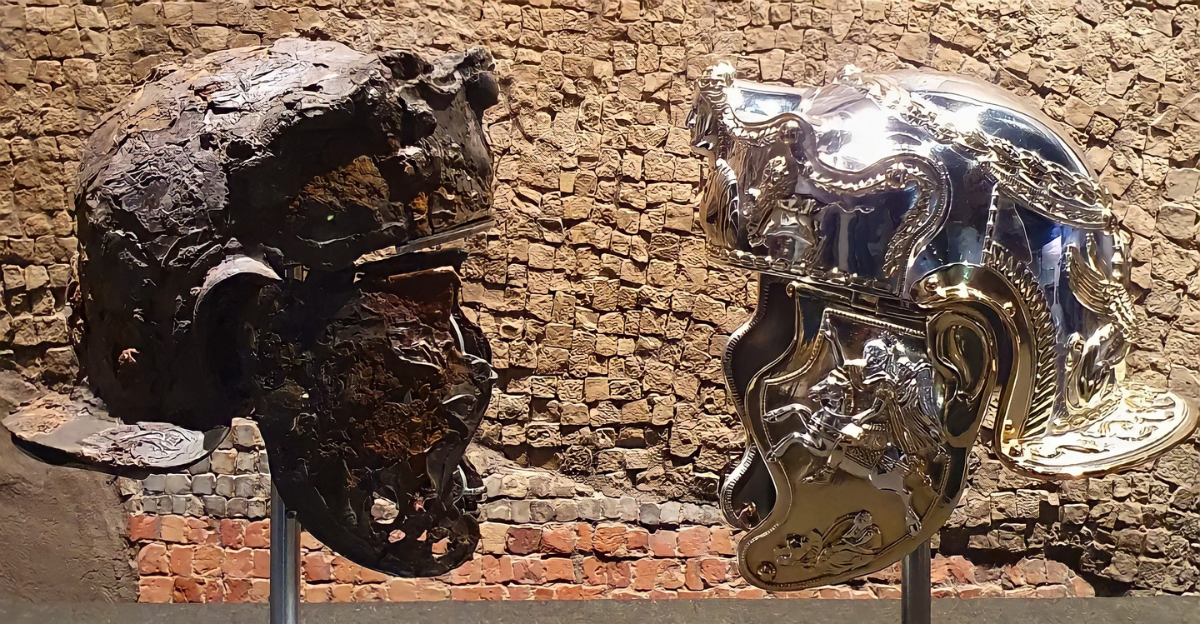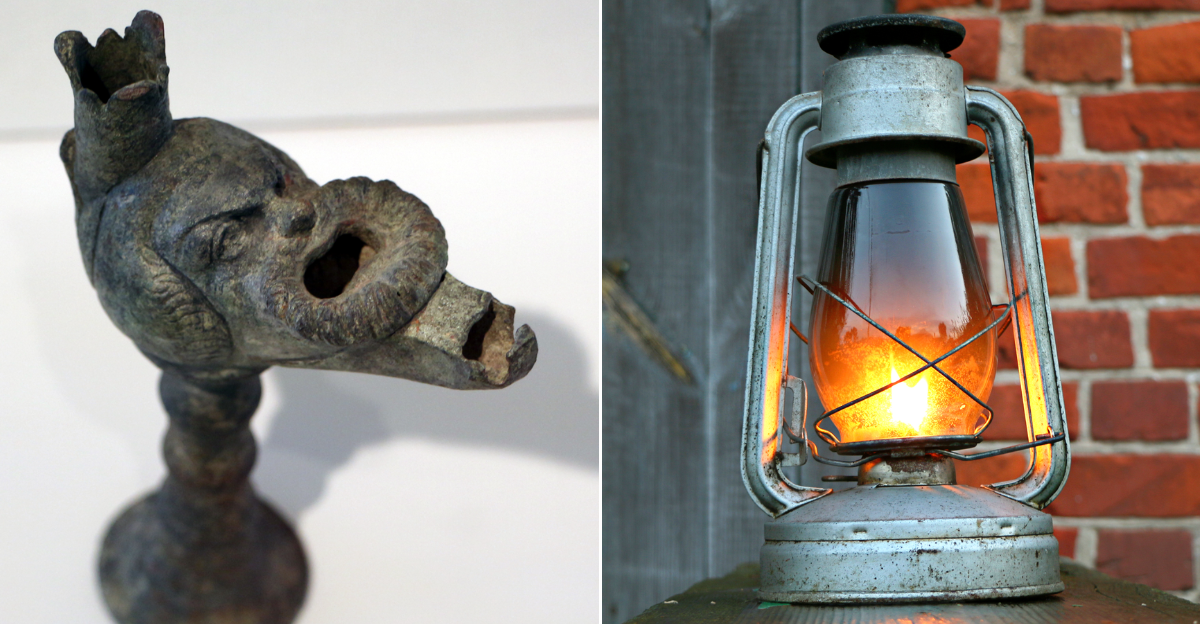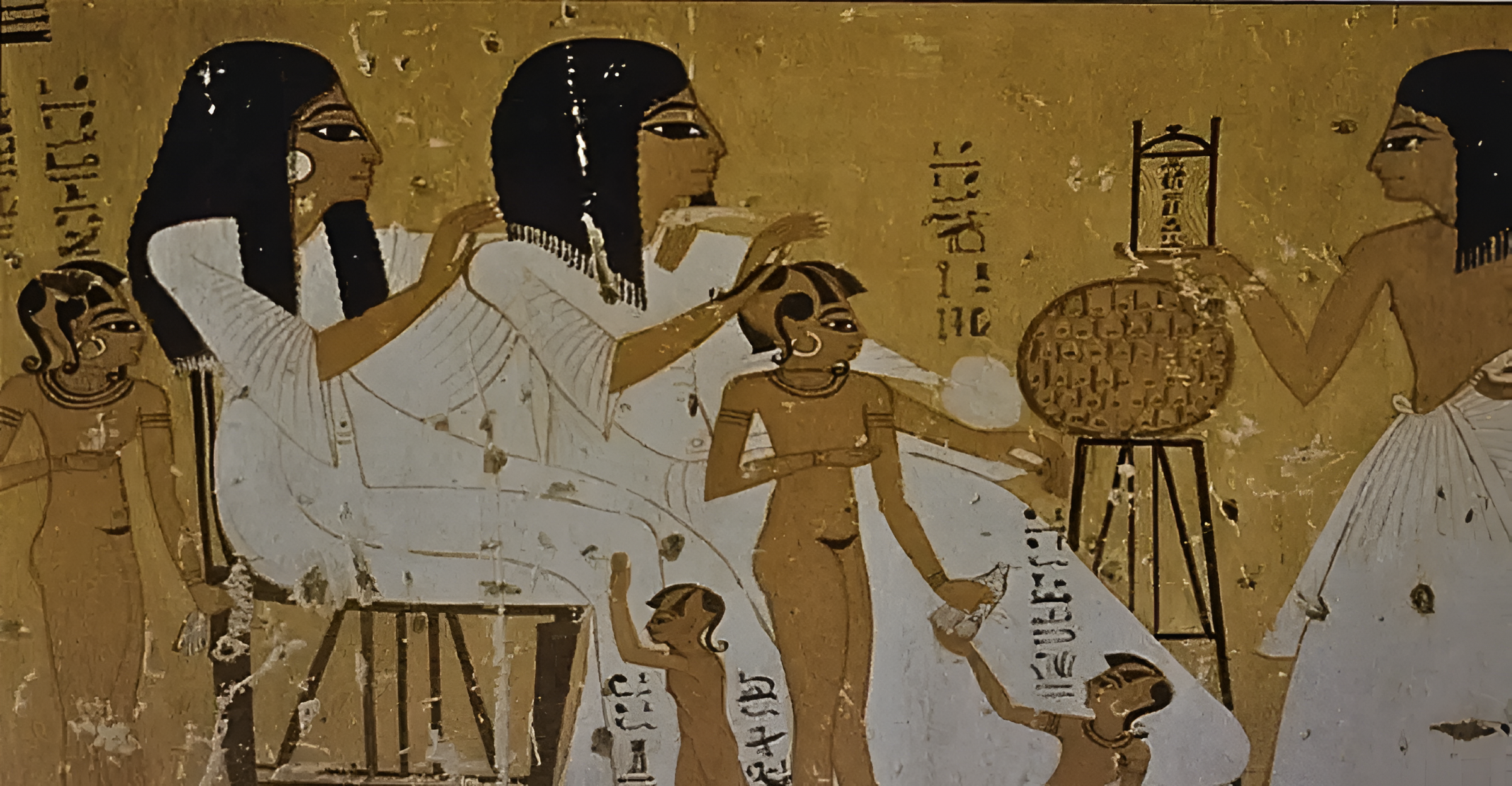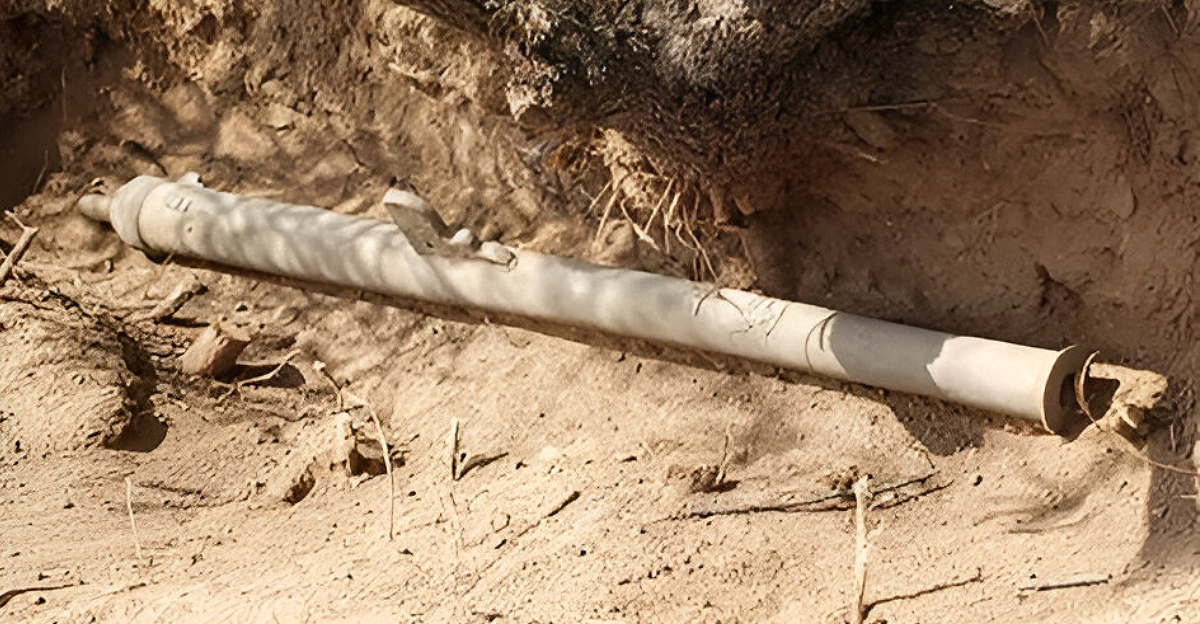
In Arizona’s Santa Cruz Valley, archaeologists have peeled back layers of time to reveal what may be the oldest surviving firearm in the United States. The finding of a bronze weapon, grander than a musket and nearly indistinguishable from a small cannon, has transformed our understanding of early American weaponry. Discovered among Indigenous artifacts and European brass, the formidable cannon-like gun has secrets: radiocarbon testing places its presence to the early 1540s.
This means it could predate all previously known firearms on U.S. soil by decades. The context of the find speaks to moments of conflict and alliance now lost to history. Intrigued by the discovery’s implications, locals wonder aloud, “What stories have we missed beneath our land?” The scene is not just an academic marvel; it’s a striking call to rethink the birth of American gunpowder and colonial encounters.
Echoes of Coronado

The weapon’s story points to the legendary Spanish conquistadors led by Francisco Vázquez de Coronado. Between 1540 and 1542, Coronado’s men traversed Arizona’s unforgiving deserts in search of mythical riches. Fueled by tales of the Seven Cities of Gold, their quest brought them into turbulent contact with Indigenous groups.
The gun, buried for centuries, presents battlefield clues long obscured by time. Dr. Deni J. Seymour, an archaeologist at the site, notes, “It changes everything we knew about the Coronado expedition’s armament.” Previous evidence was fragmentary, never this direct, intact, or closely dated to Spain’s earliest American campaigns.
Lost Battlefields

The site, known as San Geronimo III, is now considered one of the most tangible traces of Coronado’s failed march across the Southwest. Historians have long debated whether Coronado’s army ever fortified a foothold in southern Arizona. The emergence of the firearm settles much of this debate.
Not only did European forces pass through, but the evidence of hastily abandoned materials tells of a defensive or perhaps desperate military scenario. “It’s not just a random dump; it’s a battlefield layer,” Seymour explains, emphasizing that the pattern of finds points to strategic Spanish military activity as early as 1541.
A Gun Like No Other

This is no ordinary weapon. The team uncovered a bronze wall gun, a hybrid larger than a musket but smaller than a traditional cannon for breaching defenses or holding off attackers. Measuring 40 inches and nearly 40 pounds, it was likely mounted on a swivel for stability in battle. Sixteenth-century Europe saw many such guns, but this is a first for North America in such pristine, undisturbed condition.
“Finding one in this state, well away from any known fortress, is unheard of,” says Seymour. Analysis of the barrel reveals unmistakable Iberian craftsmanship, confirming a Spanish origin and offering a rare look at logistics behind conquest.
The Oldest Firearm

This single artifact has upended centuries of research. According to a recent peer-reviewed study, this wall gun is now the “oldest known firearm ever discovered in the continental United States,” predating any comparable gunpowder weapon on U.S. soil by over 50 years. The setting, a confirmed Coronado campsite strewn with dated tools and battle debris, provides unusually robust evidence.
“The verification standards are incredibly high here,” historian Dr. Marta Alvarez notes. Early European military technology’s presence in the Southwest is no longer doubtful with this find. This pivotal moment forces a rewrite of America’s first armed encounters.
Rediscovering Arizona

The discovery has given Arizona new prominence among archaeologists and history enthusiasts alike. The Southwest’s narrative traditionally featured cultures like the Apache and the Hohokam. Now, attention broadens to long-neglected early colonial stories. Universities and museums are expanding their explorations with renewed vigor.
The Arizona State Museum, intent on preserving both site and firearm, believes it will attract visitors and researchers worldwide. Dr. Lisa Franklin remarks, “This gives the people of Arizona a direct link to one of the earliest colonial expeditions ever launched on U.S. soil.” Already, the ripple effect is sparking heritage tourism and fresh academic debates.
A Battle Remembered

Some experts connect the firearm to the bloody Tiguex War of 1541, a violent clash between Coronado’s army and Puebloan defenders. Nearby traces of burned structures and scattered Spanish armor hint at a rushed Spanish withdrawal. “It was probably left behind because they’d already lost too many men to carry it,” Seymour theorizes.
No human remains have surfaced, but the disturbed ground tells of a sudden, chaotic departure. For Indigenous communities, the find affirms memories of conflict that longer histories often ignored. As one descendant explained, “These artifacts carry our ancestors’ pain and resilience into the present.”
Rewriting the Record

Educators and historians are now working to overhaul traditional chronologies about guns in America. Until now, textbooks have cited Jamestown (1607) and the colonization of New Mexico (1598) as the earliest instances of European military firearms. The Arizona discovery, dated 1541, compels a much earlier and broader framing of gunpowder’s arrival.
“This completely resets the introduction of firearms into U.S. territory,” asserts Dr. Kevin Morales. The implications stretch far beyond dates; they demand reconsideration of which European powers influenced American life first, and how profound that influence ran.
From Artifact to Icon

The wall gun doesn’t stand alone. Its discovery is part of archaeological finds that propel the Southwest to the center of early U.S. history. Recent studies on Spanish armor in New Mexico and missionary remnants in Texas show that conquest reached far inland, much earlier than previously taught. Museums now compete for leadership in researching these artifacts.
“This changes our understanding of when and where European colonial influence took root in America,” observes a Smithsonian curator. The Arizona firearm is quickly moving from dusty relic to national treasure.
What Else Lies Beneath?

While digging continues near San Geronimo III, archaeologists are optimistic that more treasures await, possibly more weapons, utensils, and the as-yet-unfound graves of those who marched and fought there. “We believe this area holds dozens more clues to that forgotten campaign,” Seymour stated.
Each new layer promises to expand our perspective on early Euro-Indigenous conflict and negotiation. For many, the site’s future finds could catalyze a genuine reckoning with the tangled roots of American history. “Our story is bigger than we thought,” says local historian Daniela Reyes. The journey to tell it has only begun.

